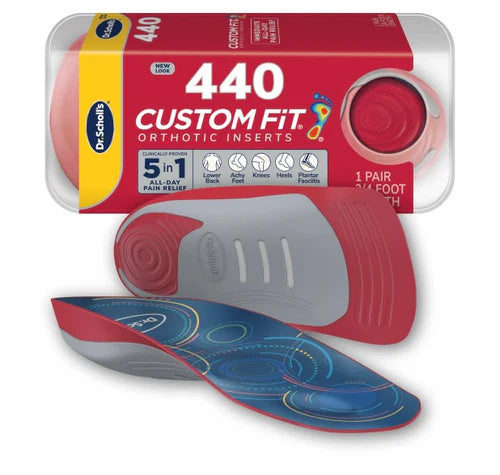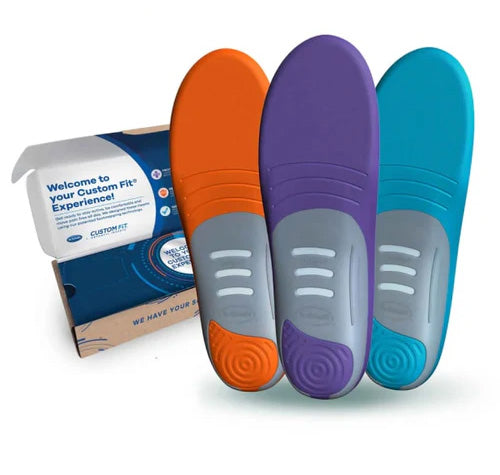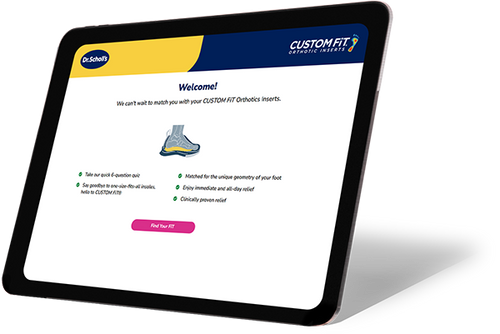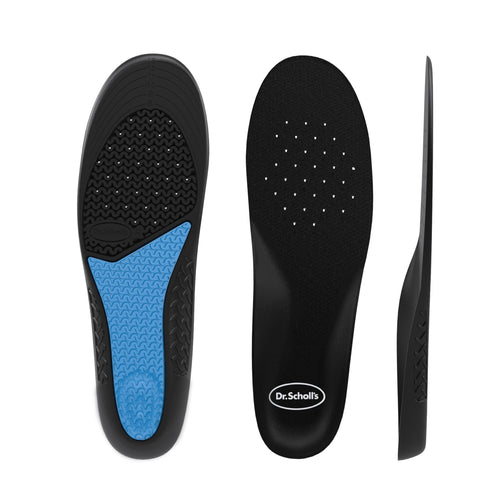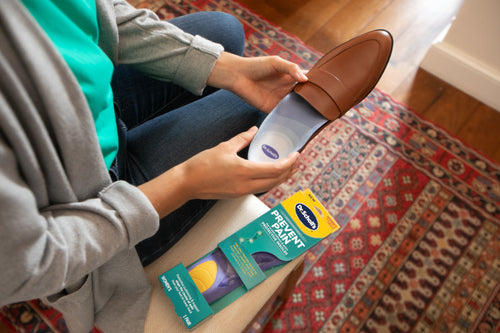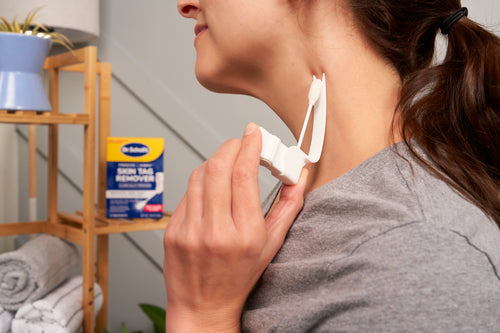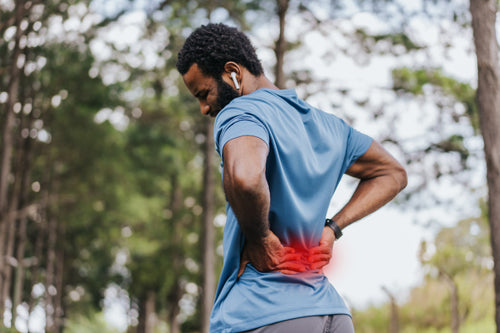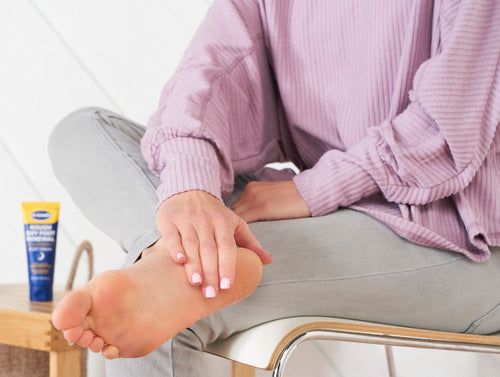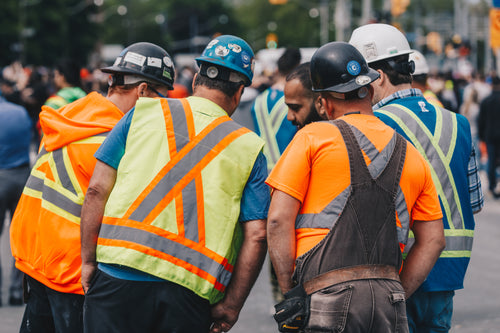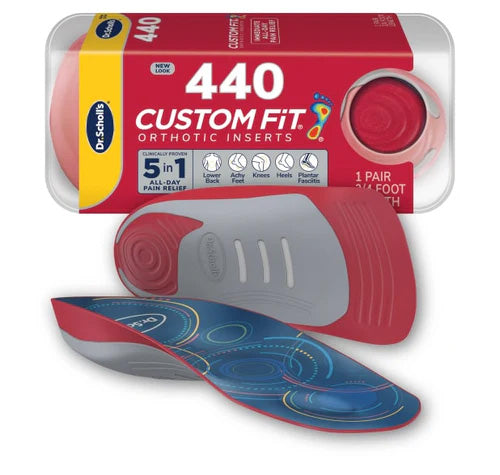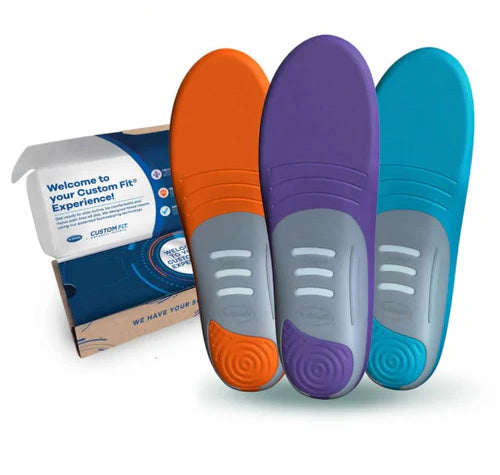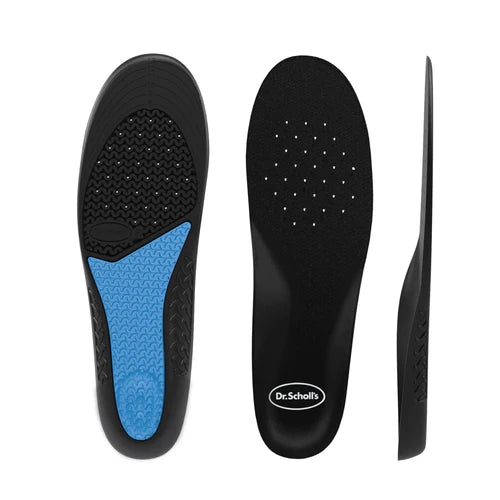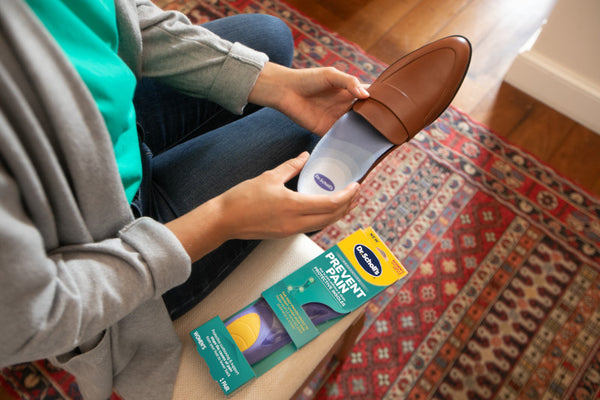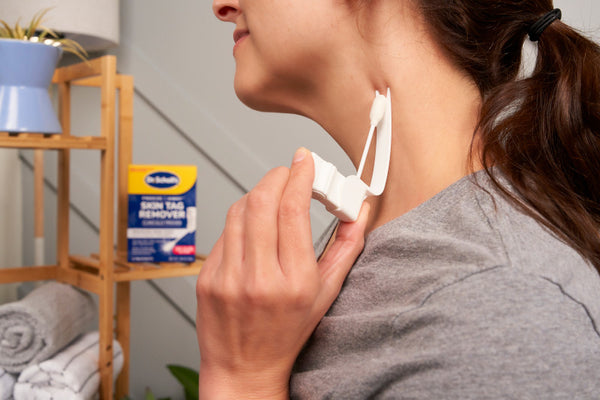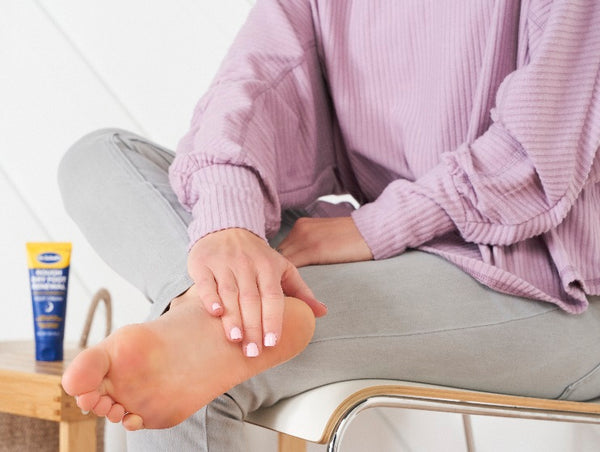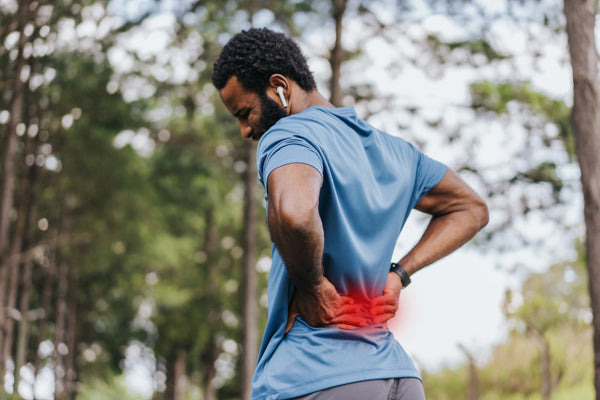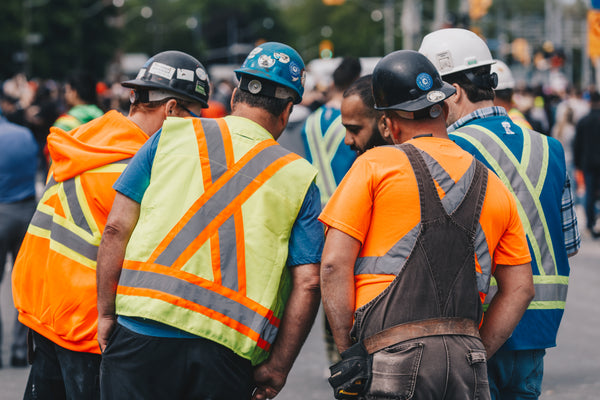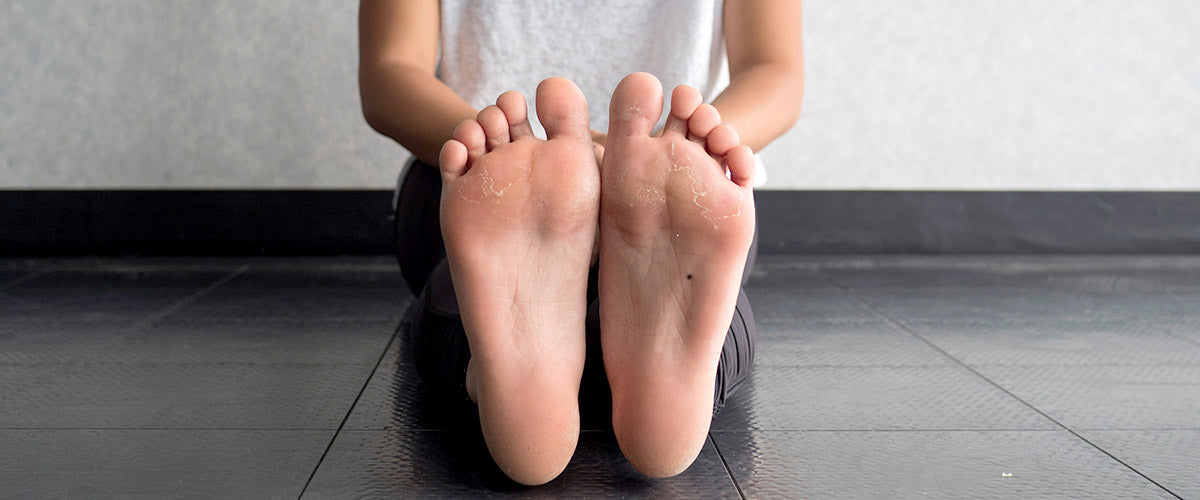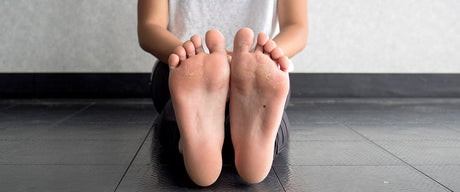What are flat feet?
Feet typically have a curve or arch in the middle. Flat feet have little or no arch. Flat feet can also be experienced as a result of fallen, flat or collapsed arches.
Flat feet, in and of themselves do not automatically lead to lower body difficulty. However, if you have flat feet, you may be more susceptible to several lower body issues, especially as you age. If you have flat feet, they may get tired and achy.

There are a number of factors that can contribute to flat feet and while the condition can be painful, here are some tips for reducing discomfort. Solutions range from simple lifestyle changes to prescription treatments.
1- Lifestyle changes

- Maintain a healthy weight – Excess weight can contribute to flat feet. If you’re overweight, dropping pounds can take pressure off your feet and help reduce pain.
- Limit standing – Avoid standing for long periods of time as this can aggravate flat feet.
- Go low impact – Stick to low impact activities, like swimming or cycling, since high impact exercises like running can put painful pressure on the feet.
2- Shoes, orthotics and insoles
- Choose good shoes – Wear shoes that have good arch support at all times and avoid walking or standing barefoot.
- Get support with orthotics – Consider using orthotic inserts to support your arch. Dr. Scholl’s® Pain Relief Orthotics for Arch Pain are designed to provide long-lasting relief from arch pain.
-
Add insoles – Using insoles can enhance the performance of your shoes, offering extra comfort and support for your various activities.
- Dr. Scholl’s® Tri-Comfort® Insoles provide extra cushioning and support on the arch as well as the heel and ball of the foot.
- Dr. Scholl’s® Extra Support Insoles are designed specifically for big and tall men and help distribute body weight more evenly to reduce pressure on the feet.
- If you work out at home or at the gym or if you play in team sports, consider Dr. Scholl’s® Sport Insoles. They help absorb shock and reduce foot fatigue.

3- Stretching
- Foot flex and massage – Gently flex one foot using your hands to pull your toes back lightly. Hold for several seconds and then massage the bottom of the foot. Do this on both feet 5 times.

2. Ball roll – While in a seated position, place a tennis-sized ball under one foot and roll it back and forth for 3 minutes. Do this on both feet 2 to 3 times. Try Dr. Scholl’s Foot Massage Ball for hot or cold therapy.

4- Strengthening exercises
- Foot roll – While in a standing position, roll your feet so that you’re shifting your weight to the outsides of your feet while lifting the arches off the floor. Repeat 10 times.
- Calf raise – Stand on the stairs with your heels hanging off of one step. Gently lift your heels and hold for 5 seconds. Slowly lower heels back down. Repeat 15 times.
- Towel grab – While in a seated position, place a towel under your feet. Grasp the towel with your toes, pushing your heels against the floor. Hold for 5 seconds. Repeat 10 times.

Follow the instructions carefully for all stretching and strengthening exercises. If you experience any pain or discomfort, stop the activity and contact your healthcare provider.
5- Treatments and therapies
- Cold therapy – To reduce swelling, apply a cloth covered ice pack to the bottom of your feet for 10-20 minutes several times a day.
- Over-the-counter NSAIDs such as ibuprofen and naproxen can help alleviate pain and inflammation.
- Corticosteroids may be prescribed by a doctor in order to reduce inflammation that causes pain and swelling.
- Physical therapy – a physical therapist can help you devise an exercise plan to improve mobility and reduce pain.
While many people are able to manage symptoms of flat feet on their own, be sure to see a doctor for severe and persistent pain that doesn’t improve.

